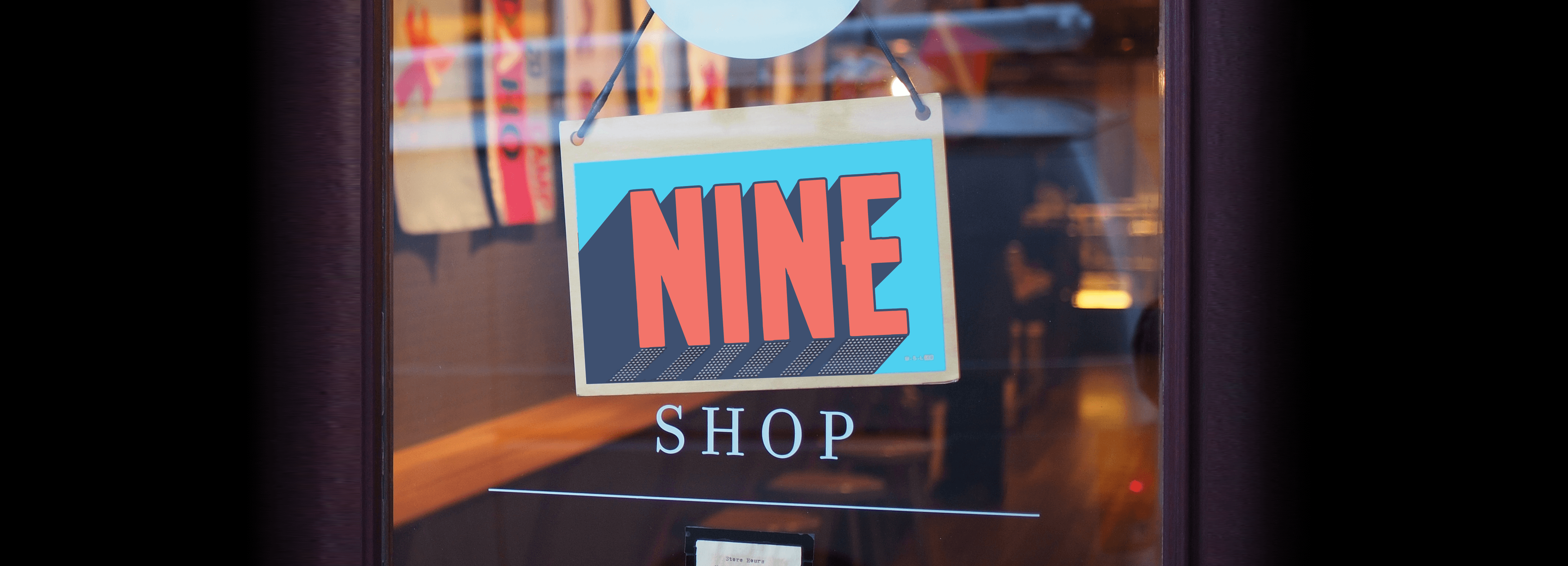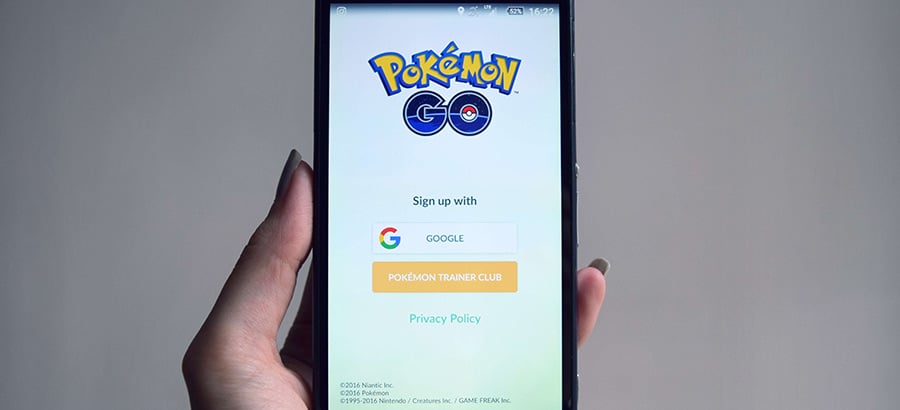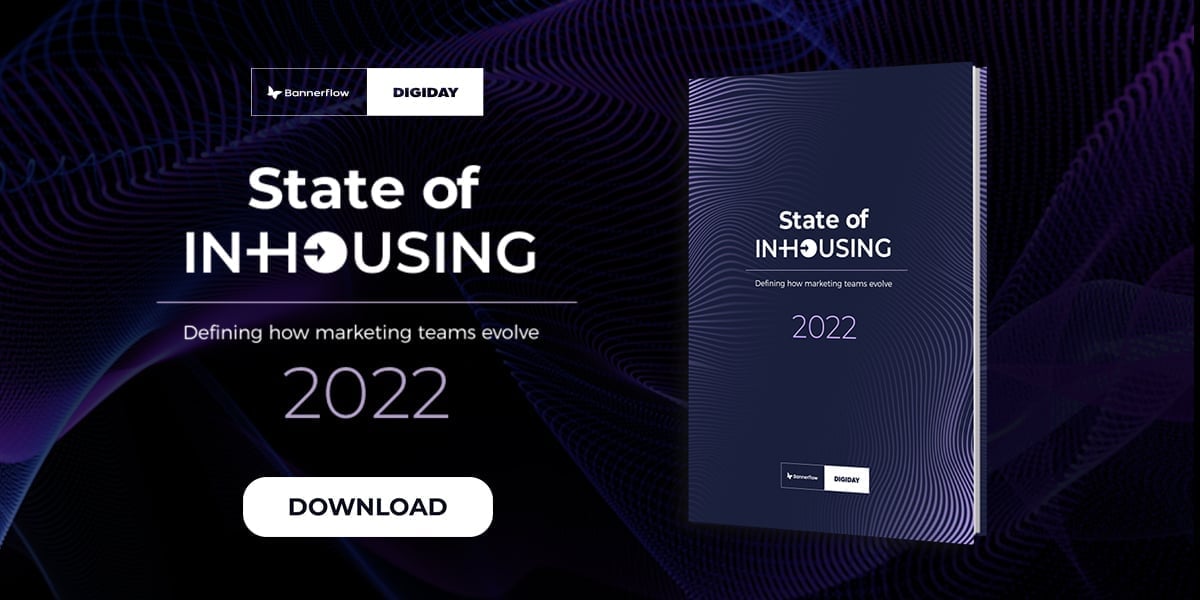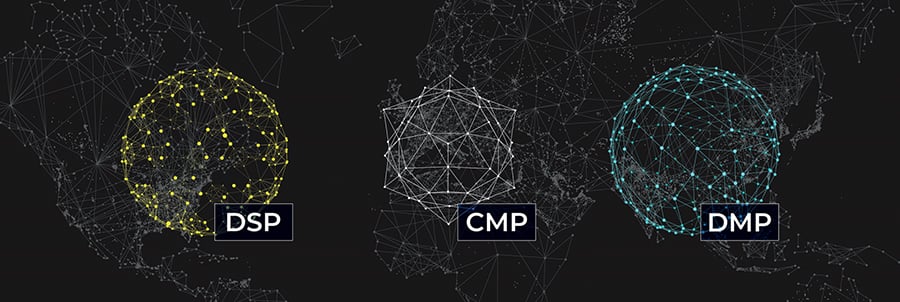A creative approach is now essential in marketing, and has become increasingly prominent across numerous, if not all, industries. For any brand, standing out from the competition can be imperative and that’s where creative digital and content marketing can play a huge role. What is better than real-world examples? Our case studies show how Bannerflow helps brands engage with creative marketing to reach their goals.
Understandably, businesses may have been concerned about the roadblocks COVID-19 could potentially cause for creativity. However, our 2021 State of In-housing report shows that 58% of in-house marketing teams have noticed a creativity increase during the pandemic. Just 8% spotted a decrease in marketing creativity.
But why is creative marketing so important? Isn’t marketing all about strategy and data?
In this article, we explore this concept across digital channels, review its importance and learn how to measure it. We’ll also aim to understand how it works alongside your traditional methods to effectively target your audience and ensure your team is equipped with all it needs for success.
We will discuss the following in this guide:
- What is creative marketing?
- – What about creative guerrilla marketing?
- Why is creative marketing important?
- Examples and ideas for creative marketing
- How to measure creative marketing efforts
- How can you equip a brand for successful creative content marketing?
1. What is creative marketing?
Creative marketing is a combination of things. It includes establishing and understanding your brand, knowing what your audience wants and needs, plus connecting with the audience’s emotions.
Therefore, to hit the sweet spot of this kind of marketing, your business needs to align with your brand and marketing efforts to skyrocket success.
What is creative? When we discuss this, we think of areas such as design, music and art. This fresh field utilises creative concepts to sell a business’s products or services through the medium of marketing. To achieve this, it combines the most effective elements of both creativity and marketing.
There are also different approaches to the many types of creative marketing, these include:
- Branding
- Customer Experience
- Advertising and promotion
- Services and products
Building a strong identity for your brand, utilising great content (not just blogging, but video, podcasting and more) plus the marketing of your services or products can contribute to being creative. As can considering the experiences of your customer.
Always keep in mind that your creative team cannot function alone. A creative marketing campaign cannot, should not and will not work without the important data and research to inform it and help it flourish. These marketing elements coexist in harmony.
What about creative guerrilla marketing?
Guerrilla marketing is the epitome of what is creative. A difficult method to define, its tactics largely rely on the element of surprise, grabbing attention and unexpectedly disrupting (in a positive way) an audience.
A well-executed guerrilla marketing campaign is original, engaging, shareable and can elevate the reach of a brand. This type of marketing is usually seen out on the street, within public places such as train stations or at events. There are also the types of creative guerrilla marketing concepts that will only work if they’re engaged with.
Discussing guerrilla techniques in team meetings will not only give life to a fantastic campaign. It can also get the creative juices flowing to harness inspiration for other arms of your marketing efforts.
2. Why is creative marketing important?
In the digital age, the average human will use an electronic device – typically a smart phone, laptop or smart TV – sometimes even before breakfast. This amplified use of digital devices brings exposure to hundreds, if not thousands, of ads and other media, so being creative with your marketing can be crucial.
Creative marketing can cut through the noise. This technique might be especially prudent to utilise for smaller businesses or a brand that doesn’t have the budget to simply increase expenditure.
Effectively implementing creativity into your marketing efforts and campaigns means the messaging you’ve deemed important will be remembered. With the correct groundwork to back up creative campaigns, this important messaging will tell a story and be remembered by the right audience.
This is the same whether your creative marketing is focused on written content or stunning banner ads. The roles of your marketing team can also work together in this way – data can be turned into a beautiful written narrative which is transformed into a captivating visual concept.
When it comes to the advertising space, for instance, creative marketing can be crucial for making your digital assets stand out from the competition.
The bottom line? Creativity equals originality. Without originality you’re unlikely to shine, evoke emotion and truly establish your brand’s identity.
Not only can creative marketing help a brand stand out, but it can also be highly cost-effective. Plus, building an environment where your team feel empowered to think big can breed more creativity, that means better ideas and exciting future campaigns.
3. Ideas for creative marketing
Idea generation processes will look different for all teams, this might even depend on your brand type. It’s always good to gather input from people of all backgrounds, though.
It’s also welcomed to receive a nudge in the right direction when it comes to thinking up examples and getting inspiration. Here are a few different areas and questions that brands might want to consider when looking into creative marketing ideas:
Branding
Does your branding fit? Do you stand out from competitors? Does your website utilise creative elements such as video, eye-catching design or even reviews?
Customer experience
Are your creative efforts targeted to your audience? Will your customers consume/enjoy/be entertained because of your output or their experience of their touchpoints with your brand? Will your creative marketing evoke the emotion you want it to?
Content marketing
Your content needs to tell compelling stories your audience wants to hear. Does it capture attention or is it best in class, expert content? Is it visual or can it be made visual? Think outside the written word – this means dabbling in the likes of video, podcasts, games, quizzes, charts and more.
Social media marketing
Know your audience when it comes to your social platforms and get on the pulse with social trends. Have you considered how to use story formats creatively? Maybe your followers will get on board with a competition? Utilise hashtags, national or international days in the calendar and then think outside the box.
Advertising
Utilise data and tools to personalise targeted ads for your customers. Tools also free up your team to brainstorm and work creatively. Remember the advertising space is competitive. Will be memorable for your brand? Will it stand out from the crowd?
4. How to measure creative marketing efforts
As with all aspects of your business, measuring your ROI can be incredibly important.
For this to be successful, strategy is also key. Developing a creative marketing strategy can help your team to define goals for yourself as well as any clients you may be working with. Strategy not only sets these goals and objectives, but it can also help you achieve them.
A great creative strategy will make it clear who the audience is, what you want them to do and how you’ll help them to achieve this.
So, how can we measure creative marketing exactly? Key Performance Indicators, or KPIs, can be invaluable when it comes to helping a brand measure the success of this way of doing things.
KPIs help to set comprehensive goals, they’re measurable and allow you to quantify how much value a digital creative marketing strategy has achieved. These come into play in the creative space as formulas and other traditional ROI calculations can often be too simple.
Our recent article on measuring your ROI also explains that brands shouldn’t set KPIs they can’t have an impact on. This can be key to highlighting success. If you’ve included metrics that won’t benefit your brand or those you work with in a financial sense, this can falsely appear as a failure.
Measuring creative marketing success – KPIs:
- Revenue – how much revenue did your display ad campaign return?
- Social media reach – did using story formats to promote your post make it go viral or increase overall engagement?
- Shares – how much was your latest creative video shared online?
- Engagement – did your guerrilla creative get people talking?
- Organic search – are your content marketing efforts paying dividends with search?
- Conversions – are your ads converting directly to sales?
- Site visits – has all that on site work paid off?
5. How can you equip a brand for successful creative content marketing?
We understand that being creative isn’t as simple as it sounds for every business.
There are several elements that need to be in place to help your marketing team elevate creative efforts. But what are they and where should you start? The answers to these questions will depend on your business, how you operate and your industry, but we’ve outlined some things that can help.
Structure and team
To truly get the most out of your creative team, you need to empower them with the correct skills and a structure that can bring the best out of them.
Our in-housing report not only highlighted that 58% of in-house marketing teams have noticed a surge in creativity. In fact, the report showed many positive signs for the correlation between in-house marketing and creativity. Two-thirds of in-house teams have increased or introduced creative workshops and 65% of those surveyed said cross-team collaboration is up.
In-house marketing teams are certainly feeling the benefits when it comes to being creative in the digital space. The exciting thing about in-housing is that it can be incredibly agile. The freshest model being a hybrid approach. The hybrid model allows brands to have ownership of the areas they’re strong in and then fill skill gaps efficiently using external sources. An in-house team can be a catalyst for creative marketing – it’s flexible and can be adapted to work with your structure.
This approach also makes it far easier to have creative autonomy – control over your ideas and output and create exactly the roles you feel you require.
Having a team made up of people in the right roles for them is important, and so is ensuring you have the ideal marketing skills at your teams fingertips. Having a close view over your team means you can upskill accordingly to bolster your team and help them flourish.
Tools and tech
Implementing tech and having the tools available for your team to utilise can be transformational for your creative digital marketing. For Bannerflow, ‘creatives’ are the stunning banner ads created by using our Creative Management Platform (CMP).
In and of itself, our powerful platform allows a creative marketing team the time and capability to dream up, generate and deploy exciting, original ideas. It also offers the tech to optimise in real-time, putting the wide- reaching possibilities of creativity at your fingertips.
To back this up, the Bannerflow in-housing report revealed 58% of marketers said that using tech means they’re utilising data more than ever. Interestingly, of those who noticed dips in creativity, 44% attributed this to a lack of technology.
If your business is a little behind when it comes to tech and tools, looking into a holistic approach could be beneficial. Streamlining your tech can speed up processes and ensure your creative team have more time to do what they do best.
A way to approach this is through digital transformation using a workable strategy and framework for your business.
Conclusion
Being creative is absolutely essential in marketing. Today, your brand, content, advertising, social output and products must co-exist.
To stand out from your competitors, creative marketing is key. However, simply ‘being creative’ isn’t as easy as it sounds, so we hope this guide has equipped you with all you need to get moving within your industry.
Whether you opt to bring your marketing efforts in-house, embark on a journey of digital transformation or focus on one element at a time, the path to creativity is certainly exciting.
Utilising the power of technology and tools effectively is a tried and tested way to boost what your marketing team can offer in the creative space. If you’d like to trial how you can stay one step ahead of the competition, why not book a demo of our premium CMP to see how it could work for you?
With Bannerflow, your team can create truly memorable ad campaigns at scale. This platform will support the whole lifecycle of your campaign – from creating your ads, to managing the campaign, then optimising and personalising at scale.






